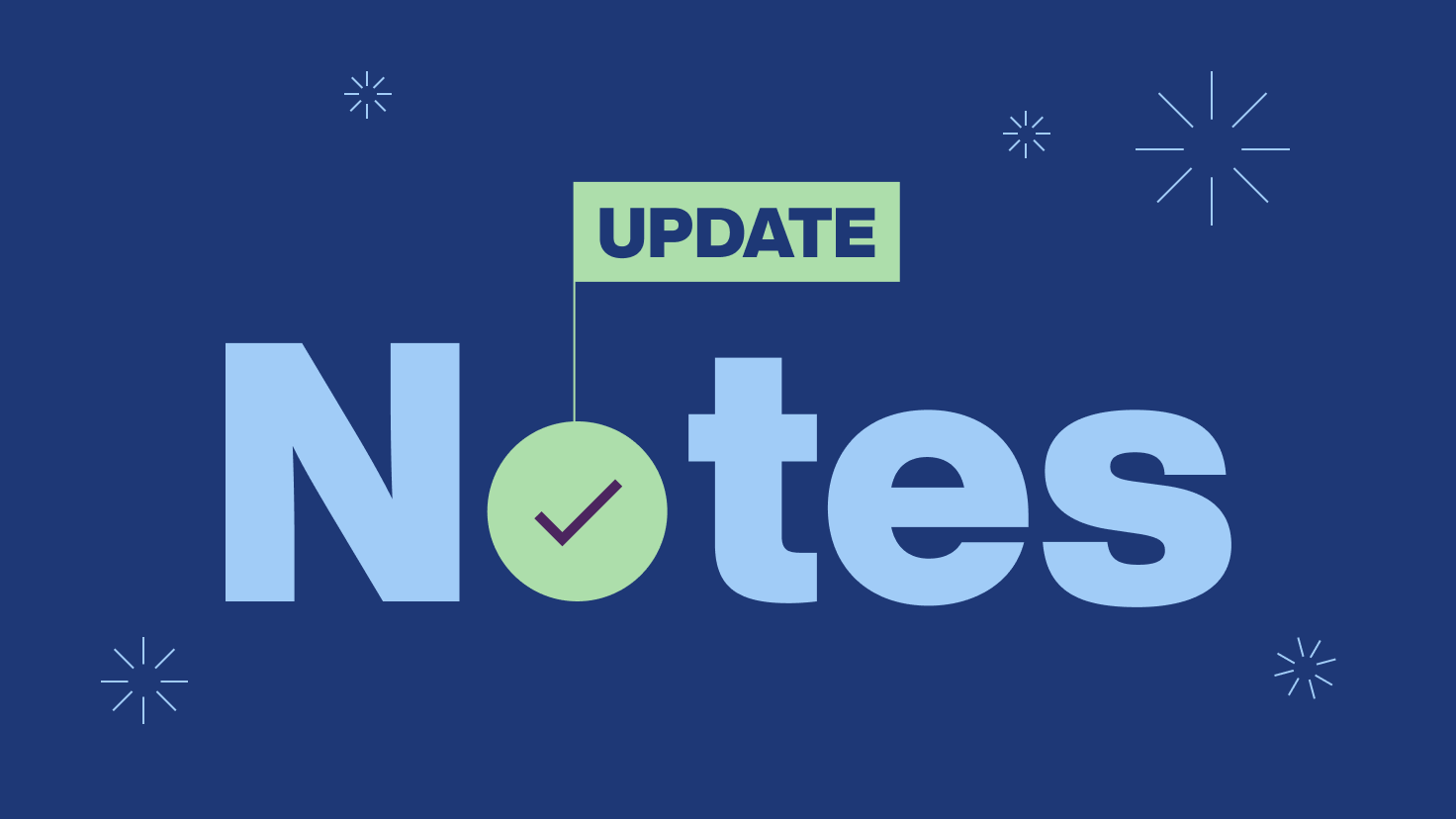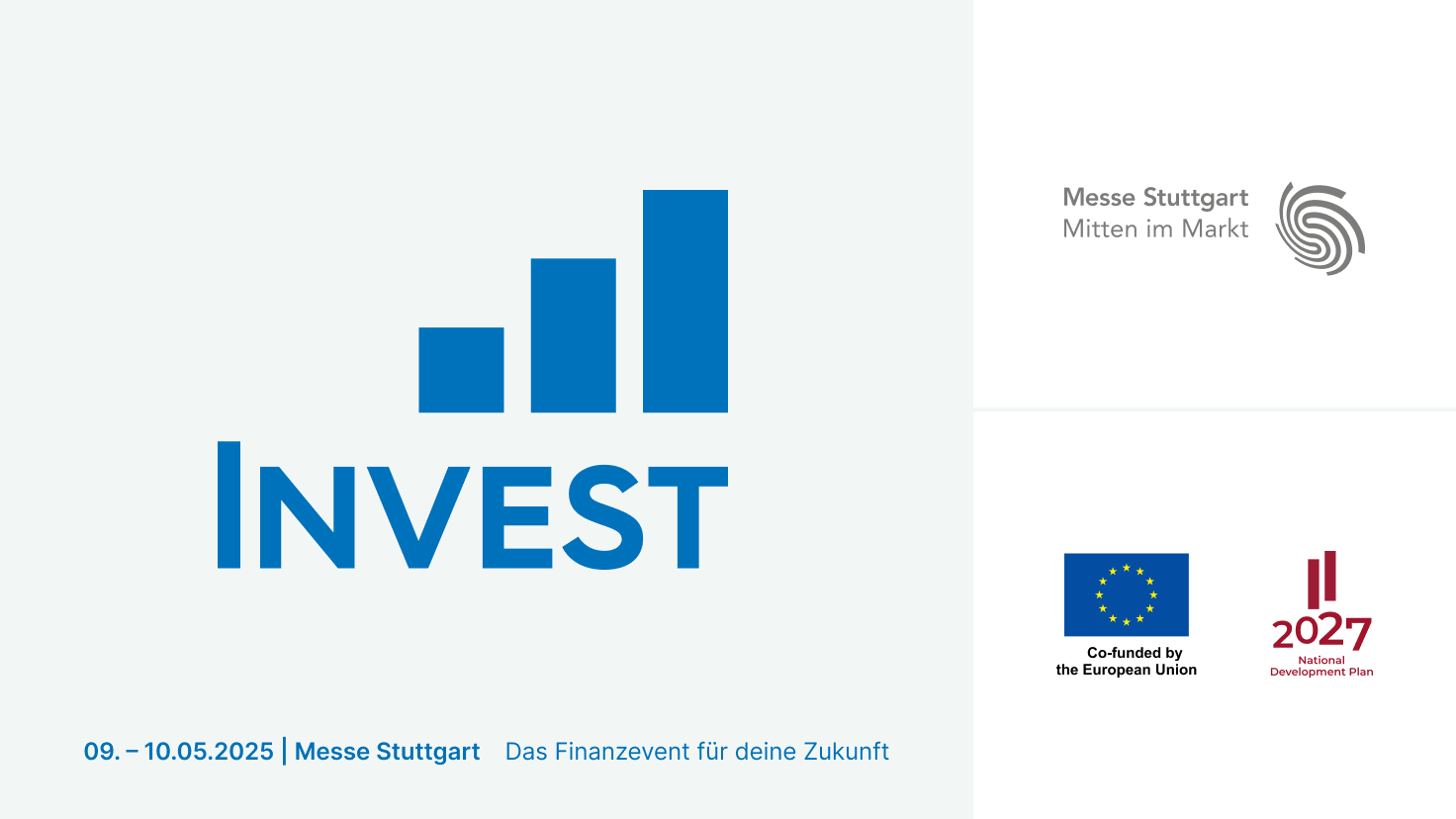Mintos, the leading European platform for long-term wealth building, introduces the High-Yield Bonds portfolio – an automated way for investors to access high-yield
Recent articles
Everything latest on Mintos
Smart finance
How money shapes the world we live in
Starting your investment journey can feel like an exciting, yet daunting, experience. With so many options and strategies to choose from, it’s easy to…
Mintos news
Everything latest on Mintos
Start building your wealth today
Grow your money with a unique mix of alternative and traditional assets. Invest in loans, Fractional Bonds, and ETFs within a single platform.







